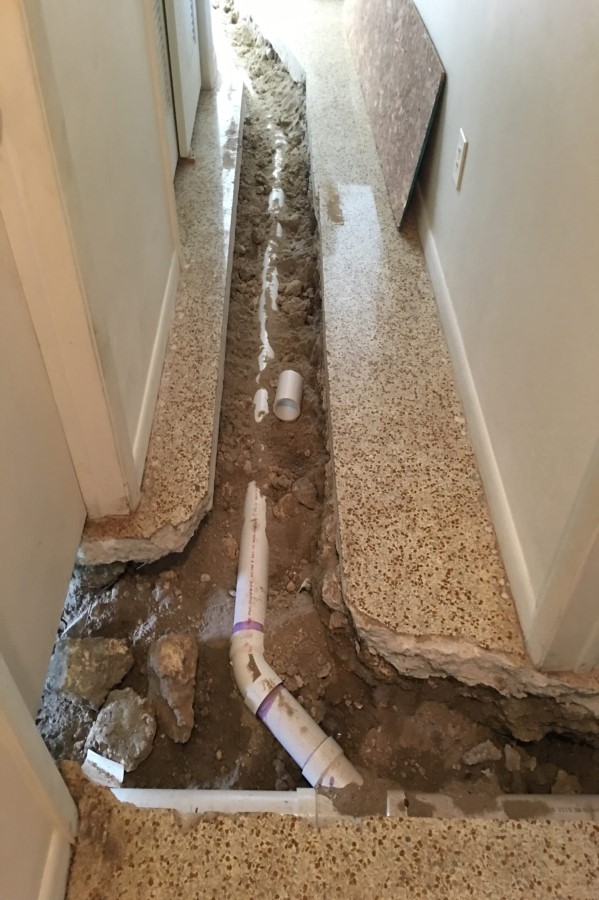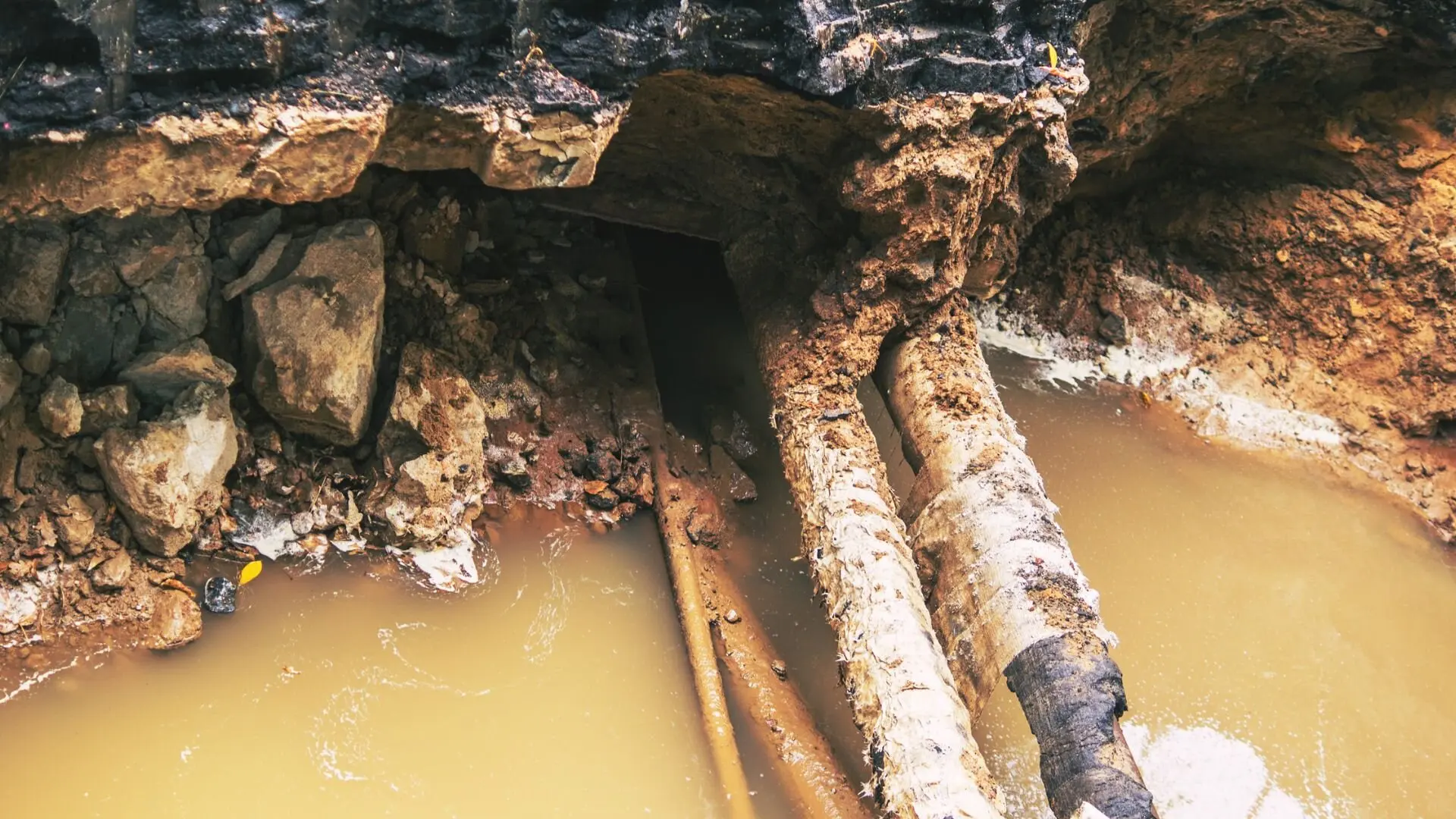Understanding the Causes of a Burst Pipe and How to Prevent It
Understanding the Causes of a Burst Pipe and How to Prevent It
Blog Article
Avoiding Ruptured Pipes: Crucial Tips to Shield Your Pipes
Avoiding burst pipes is an essential issue for homeowners, specifically during chillier months when the risk of cold is enhanced. Applying calculated steps such as appropriate insulation, routine evaluations, and maintaining consistent indoor temperatures can significantly minimize the likelihood of pipe failing.
Understand Pipe Vulnerabilities
Understanding pipeline susceptabilities is necessary for reliable plumbing maintenance and stopping pricey damage. A number of variables contribute to the susceptibility of pipes to bursts, consisting of product composition, age, and environmental problems. Older pipelines, particularly those made from galvanized steel or polybutylene, usually deteriorate gradually, leading to enhanced danger of leakages and tears.
Temperature fluctuations can additionally considerably effect pipeline stability. In cooler environments, water entraped in pipes can freeze, putting in and broadening stress on the pipe walls, which may eventually bring about a ruptured. High water pressure can stress pipes, specifically at joints and bends, enhancing the possibility of failure.

Insulate Pipes Effectively
Correct insulation of pipelines is crucial for avoiding freezing and subsequent bursts during cool weather condition (burst pipe). Protecting your plumbing system properly safeguards against temperature goes down that can bring about costly damage. Begin by recognizing vulnerable areas where pipes are revealed to exterior temperature levels, such as cellars, attic rooms, and exterior walls
Use foam pipe insulation sleeves or cover insulation tape around these locations to provide a protective obstacle. Ensure that all areas of the pipelines, especially those with minimal warmth exposure, receive sufficient insulation. Pay special interest to installations and joints, as these are a lot more susceptible to freezing.
When protecting, it's important to pick materials that meet local structure codes and are ideal for the specific setting. As an example, fiberglass insulation is commonly suggested for its thermal resistance buildings - burst pipe. Furthermore, consider making use of warmth cables or tape in severe conditions, which can be connected in to offer extra heat
Frequently examine shielded pipes for any indicators of wear or damages, as jeopardized insulation can decrease its effectiveness. By taking these aggressive steps, you considerably lower the danger of pipe ruptureds, guaranteeing a dependable pipes system throughout the winter season.
Maintain Regular Temperature Level
A secure indoor temperature is vital for protecting against ruptured pipelines during the frigid months. When temperatures decrease, water within pipelines can ice up, increasing and developing pressure that may ultimately trigger the pipes to burst.Using a programmable thermostat can assist handle interior temperature levels successfully, making certain that areas with pipes remain cozy also when the house is unoccupied.
Furthermore, it is prudent to allow faucets to drip slightly throughout extreme cold snaps. This minor flow of water can stop cold by easing pressure within the pipes. During specifically extreme weather condition events, consider momentarily suspending any kind of nighttime troubles on your thermostat to keep a consistent warm atmosphere. By carrying out these approaches, house owners can considerably lower the threat of pipeline bursts and guard their plumbing systems versus the extreme winter months components.
Regularly Check Plumbing
Routine inspections of pipes systems are crucial for stopping burst pipes and maintaining total home stability. Regular checks allow homeowners to identify prospective issues before they rise into expensive fixings or major water damages. During these assessments, it is essential to take a look at visible pipes for indications of deterioration, leaks, or wear. Pay special focus to areas susceptible to cold, such as basements, attics, and outside walls.
Furthermore, checking joints and links is crucial, as these factors are check out here usually susceptible to leaks. Property owners should likewise assess water pressure levels, as too much pressure can strain the pipes system and raise the threat of pipeline ruptureds.
Consider scheduling specialist pipes examinations at the very least annually, specifically before wintertime, to guarantee your system is gotten ready for chillier temperatures. Routine inspections not just aid in determining immediate problems but also foster long-term upkeep approaches that can boost the life expectancy of your plumbing system. By being positive in your technique, you can secure your home against the disruptive and pricey consequences of ruptured pipes. Prioritizing plumbing assessments is an investment in your home's health click here for info and safety.
Know Emergency Situation Treatments
Comprehending emergency situation procedures is essential for every single house owner, particularly after conducting normal pipes evaluations. Being prepared for a pipes emergency situation can substantially reduce damage and conserve costs. Situate your major water shut-off valve; it is typically found near the water meter or where the primary line enters your home. Familiarize on your own with its procedure, as shutting down the water supply swiftly can stop substantial flooding.
Next, keep necessary tools helpful. A pipes emergency situation package should consist of a wrench, plunger, and towels, as well as a flashlight and a pail for small leaks. Additionally, consider having the call details for a trusted plumber easily available, should the circumstance escalate past your control.
If you spot a leak or burst pipeline, quickly switch off the supply of water and inform your plumbing. In addition, record the damages with photographs for insurance functions. burst pipe. Be conscious of the indications of possible plumbing issues, such as uncommon water pressure fluctuations or damp places on wall surfaces
Inevitably, proactive understanding and speedy action are essential in taking care of plumbing emergencies, ensuring your home remains secured and reducing possible damages.

Verdict
In final thought, protecting against burst pipes requires a complex technique that includes understanding pipe susceptabilities, appropriate insulation, maintaining constant interior temperature levels, regular assessments, and understanding of emergency situation procedures. By executing these essential approaches, the risk of plumbing failings can be significantly reduced, thus making certain the longevity and performance of the plumbing system. Proactive measures not just protect versus potential damage yet also add to overall water conservation and the security of home.
In chillier environments, water trapped in pipes can ice up, applying and broadening stress on the pipeline walls, which may eventually lead read to a ruptured. When temperature levels drop, water within pipes can ice up, developing and expanding stress that may ultimately create the pipes to ruptured. By implementing these techniques, homeowners can considerably minimize the risk of pipe bursts and protect their plumbing systems against the extreme wintertime components.

Report this page